Brian Horsak
Institute of Health Sciences, St. Poelten University of Applied Sciences, Austria
Machine Learning in Biomechanics: Key Applications and Limitations in Walking, Running, and Sports Movements
Mar 05, 2025Abstract:This chapter provides an overview of recent and promising Machine Learning applications, i.e. pose estimation, feature estimation, event detection, data exploration & clustering, and automated classification, in gait (walking and running) and sports biomechanics. It explores the potential of Machine Learning methods to address challenges in biomechanical workflows, highlights central limitations, i.e. data and annotation availability and explainability, that need to be addressed, and emphasises the importance of interdisciplinary approaches for fully harnessing the potential of Machine Learning in gait and sports biomechanics.
Trustworthy Visual Analytics in Clinical Gait Analysis: A Case Study for Patients with Cerebral Palsy
Aug 10, 2022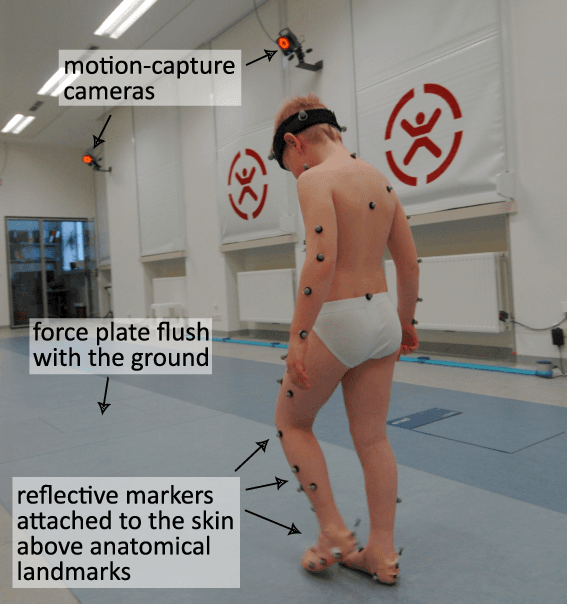
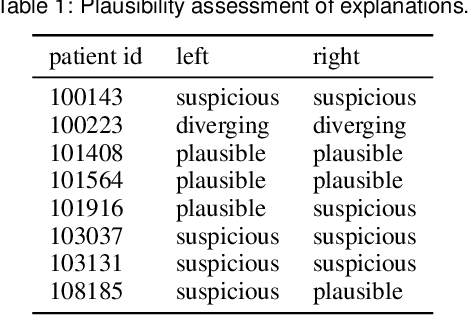
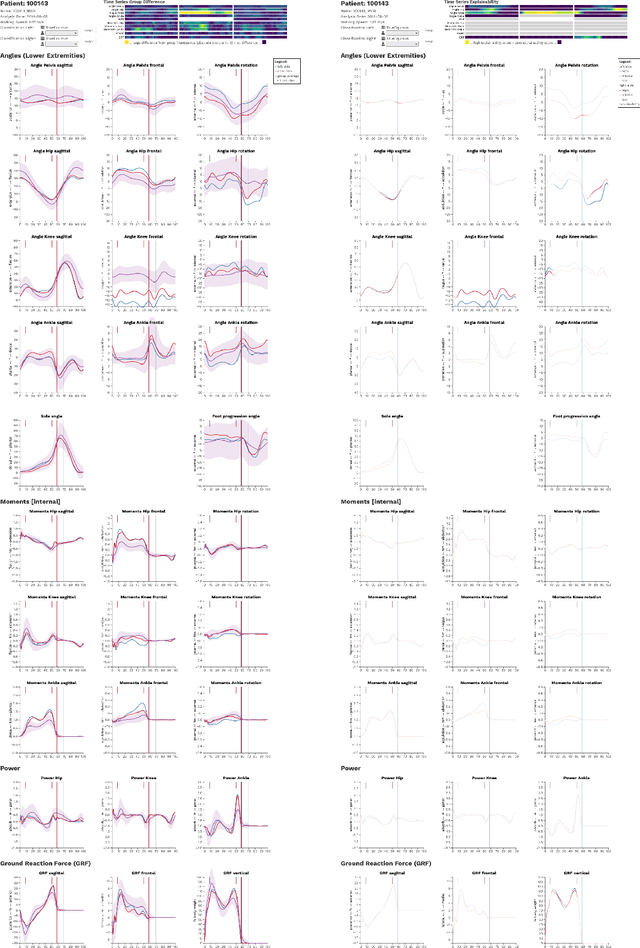
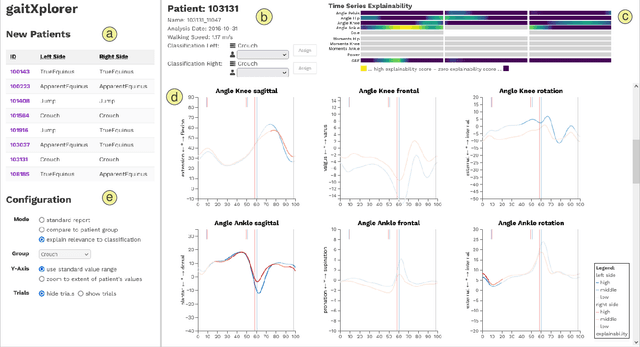
Abstract:Three-dimensional clinical gait analysis is essential for selecting optimal treatment interventions for patients with cerebral palsy (CP), but generates a large amount of time series data. For the automated analysis of these data, machine learning approaches yield promising results. However, due to their black-box nature, such approaches are often mistrusted by clinicians. We propose gaitXplorer, a visual analytics approach for the classification of CP-related gait patterns that integrates Grad-CAM, a well-established explainable artificial intelligence algorithm, for explanations of machine learning classifications. Regions of high relevance for classification are highlighted in the interactive visual interface. The approach is evaluated in a case study with two clinical gait experts. They inspected the explanations for a sample of eight patients using the visual interface and expressed which relevance scores they found trustworthy and which they found suspicious. Overall, the clinicians gave positive feedback on the approach as it allowed them a better understanding of which regions in the data were relevant for the classification.
On the Understanding and Interpretation of Machine Learning Predictions in Clinical Gait Analysis Using Explainable Artificial Intelligence
Dec 16, 2019
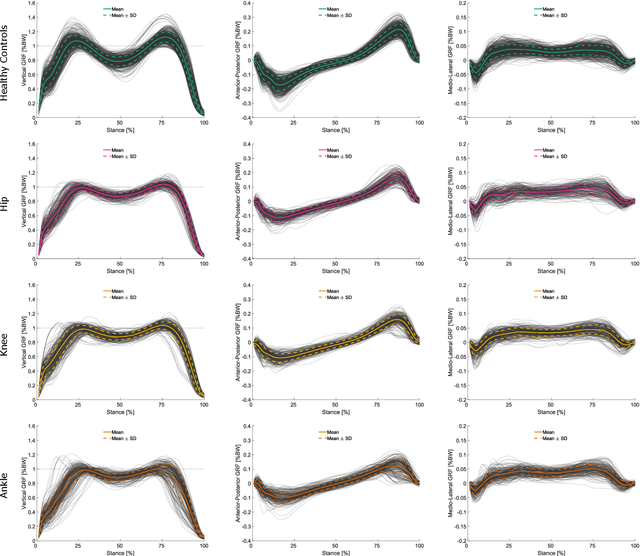

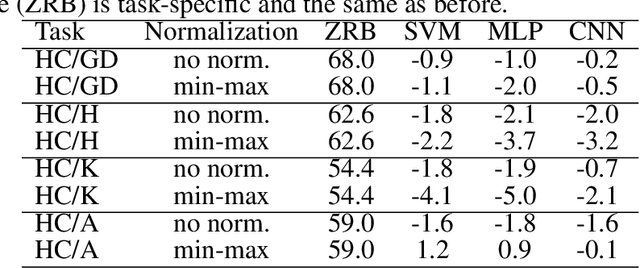
Abstract:Systems incorporating Artificial Intelligence (AI) and machine learning (ML) techniques are increasingly used to guide decision-making in the healthcare sector. While AI-based systems provide powerful and promising results with regard to their classification and prediction accuracy (e.g., in differentiating between different disorders in human gait), most share a central limitation, namely their black-box character. Understanding which features classification models learn, whether they are meaningful and consequently whether their decisions are trustworthy is difficult and often impossible to comprehend. This severely hampers their applicability as decision-support systems in clinical practice. There is a strong need for AI-based systems to provide transparency and justification of predictions, which are necessary also for ethical and legal compliance. As a consequence, in recent years the field of explainable AI (XAI) has gained increasing importance. The primary aim of this article is to investigate whether XAI methods can enhance transparency, explainability and interpretability of predictions in automated clinical gait classification. We utilize a dataset comprising bilateral three-dimensional ground reaction force measurements from 132 patients with different lower-body gait disorders and 62 healthy controls. In our experiments, we included several gait classification tasks, employed a representative set of classification methods, and a well-established XAI method - Layer-wise Relevance Propagation - to explain decisions at the signal (input) level. The presented approach exemplifies how XAI can be used to understand and interpret state-of-the-art ML models trained for gait classification tasks, and shows that the features that are considered relevant for machine learning models can be attributed to meaningful and clinically relevant biomechanical gait characteristics.
Automatic Classification of Functional Gait Disorders
Dec 24, 2017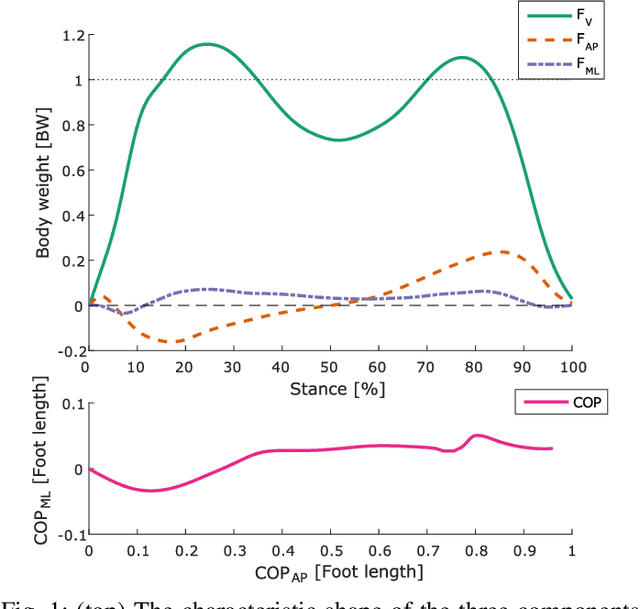


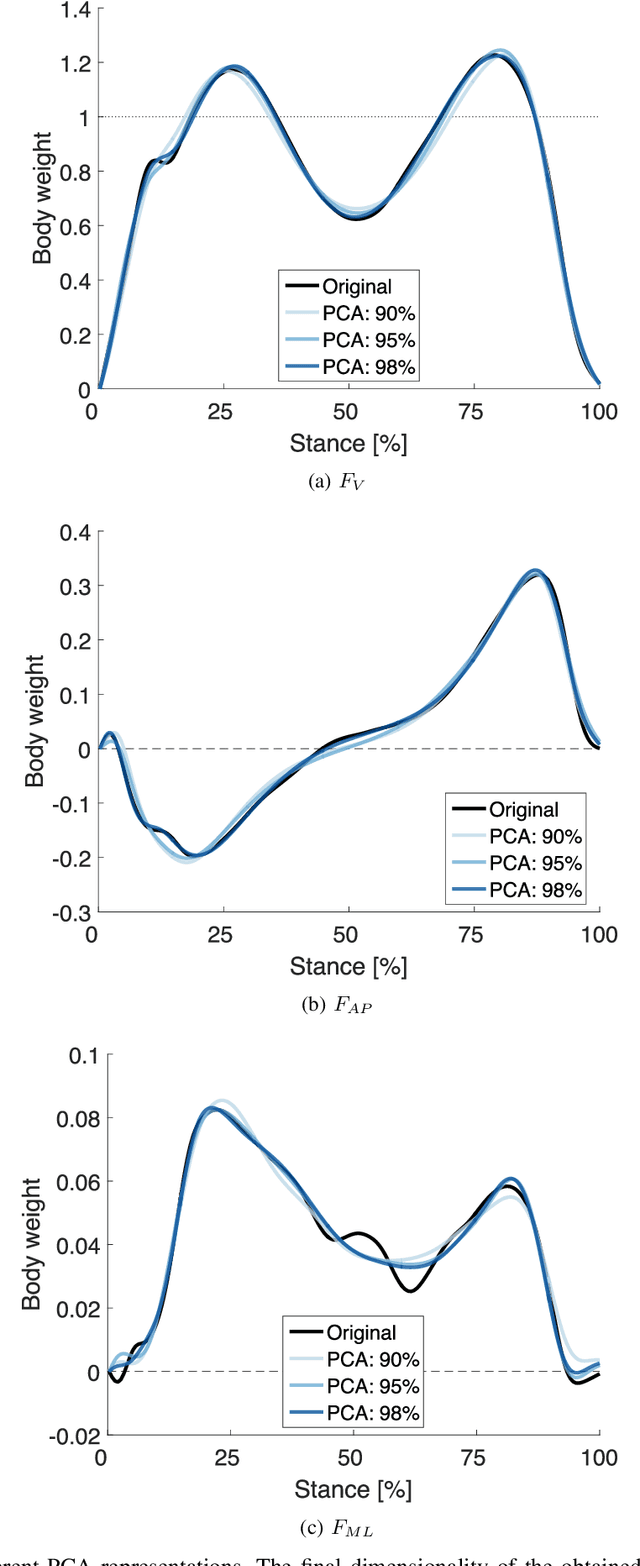
Abstract:This article proposes a comprehensive investigation of the automatic classification of functional gait disorders based solely on ground reaction force (GRF) measurements. The aim of the study is twofold: (1) to investigate the suitability of stateof-the-art GRF parameterization techniques (representations) for the discrimination of functional gait disorders; and (2) to provide a first performance baseline for the automated classification of functional gait disorders for a large-scale dataset. The utilized database comprises GRF measurements from 279 patients with gait disorders (GDs) and data from 161 healthy controls (N). Patients were manually classified into four classes with different functional impairments associated with the "hip", "knee", "ankle", and "calcaneus". Different parameterizations are investigated: GRF parameters, global principal component analysis (PCA)-based representations and a combined representation applying PCA on GRF parameters. The discriminative power of each parameterization for different classes is investigated by linear discriminant analysis (LDA). Based on this analysis, two classification experiments are pursued: (1) distinction between healthy and impaired gait (N vs. GD) and (2) multi-class classification between healthy gait and all four GD classes. Experiments show promising results and reveal among others that several factors, such as imbalanced class cardinalities and varying numbers of measurement sessions per patient have a strong impact on the classification accuracy and therefore need to be taken into account. The results represent a promising first step towards the automated classification of gait disorders and a first performance baseline for future developments in this direction.
 Add to Chrome
Add to Chrome Add to Firefox
Add to Firefox Add to Edge
Add to Edge